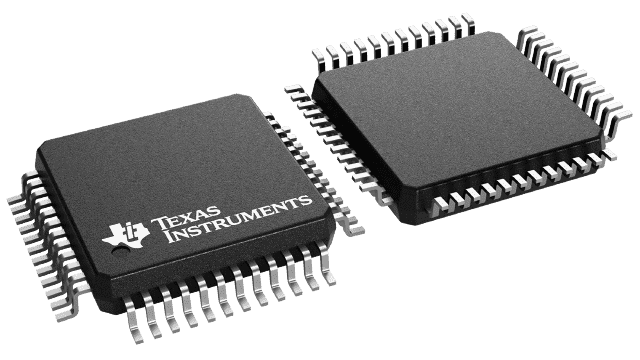| Vin (Min) (V) | 4.5 |
| Vin (Max) (V) | 28 |
| Vout (Min) (V) | 0.9 |
| Vout (Max) (V) | 8.5 |
| Iout (Max) (A) | 15 |
| Iq (Typ) (uA) | 2000 |
| Switching frequency (Min) (kHz) | 50 |
| Switching frequency (Max) (kHz) | 500 |
| Features | Enable, Light Load Efficiency, Power Good, Synchronous Rectification |
| Regulated outputs (#) | 4 |
| Number of phases | 1 |
| Rating | Catalog |
- Three Independent Step-Down DC/DC Controllers and One LDO Controller
- Input Voltage Range
- Switcher: 4.5 V ~ 28 V
- LDO: 1.1 V ~ 3.6 V
- Output Voltage Range
- Switcher: 0.9 V ~ 5.5 V
- LDO: 0.9 V ~ 2.5 V
- Synchronous for High Efficiency
- Precision Vref (±1.5%)
- PWM Mode Control : Max. 500 kHz Operation
- Auto PWM/SKIP Mode Available
- High Speed Error Amplifier
- Over Current Protection With Temperature Compensation Circuit for Each Channel
- Overvoltage and Undervoltage Protection
- Programmable Short-Circuit Protection
- Powergood With Programmable Delay Time
- 5-V and 3.3-V Linear Regulators
- APPLICATIONS
- Notebook PCs, PDAs
- Consumer Game Systems
- DSP Application
The TPS5130 is composed of three independent synchronous buck regulator controllers (SBRC) and one low drop-out (LDO) regulator controller. On-chip high-side and low-side synchronous rectifier drivers are integrated to drive less expensive N-channel MOSFETs. The LDO controller can also drive an external N-channel MOSFET. Since the input current ripple is minimized by operating 180 degree out of phase, it allows a smaller input capacitance resulting in reduced power supply cost. The SBRC of the TPS5130 automatically adjusts from PWM mode to SKIP mode to maintain high efficiency under light load conditions. Resistor-less current protection for the synchronous buck controller and the fixed high-side driver voltage simplifies the system design and reduces the external parts count. The LDO controller has a current limit protection and overshoot protection to suppress output voltage hump at load transient. To further extend battery life, the TPS5130 features dead-time control and very low quiescent current.








